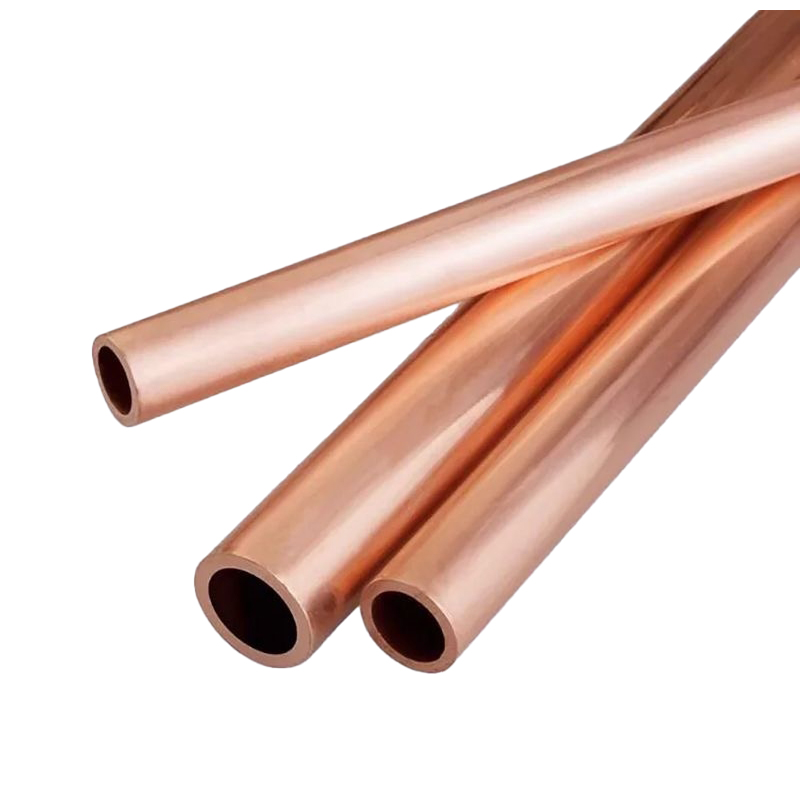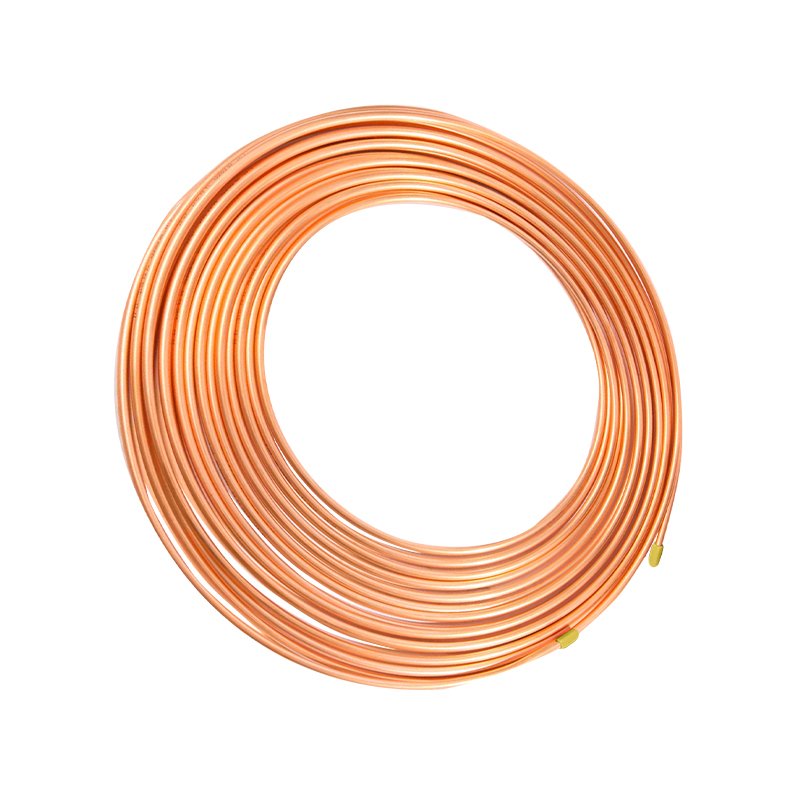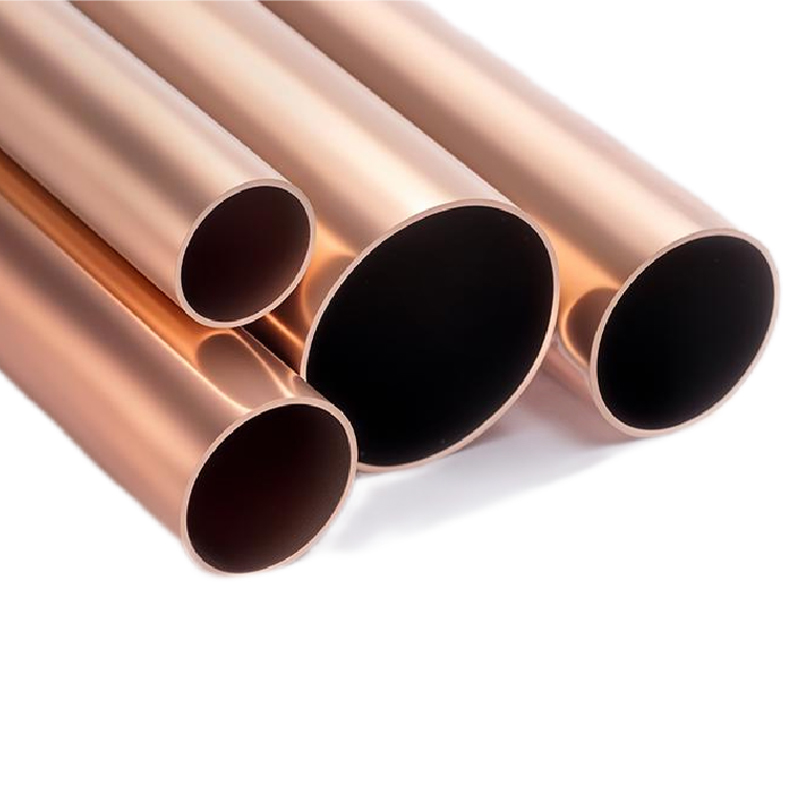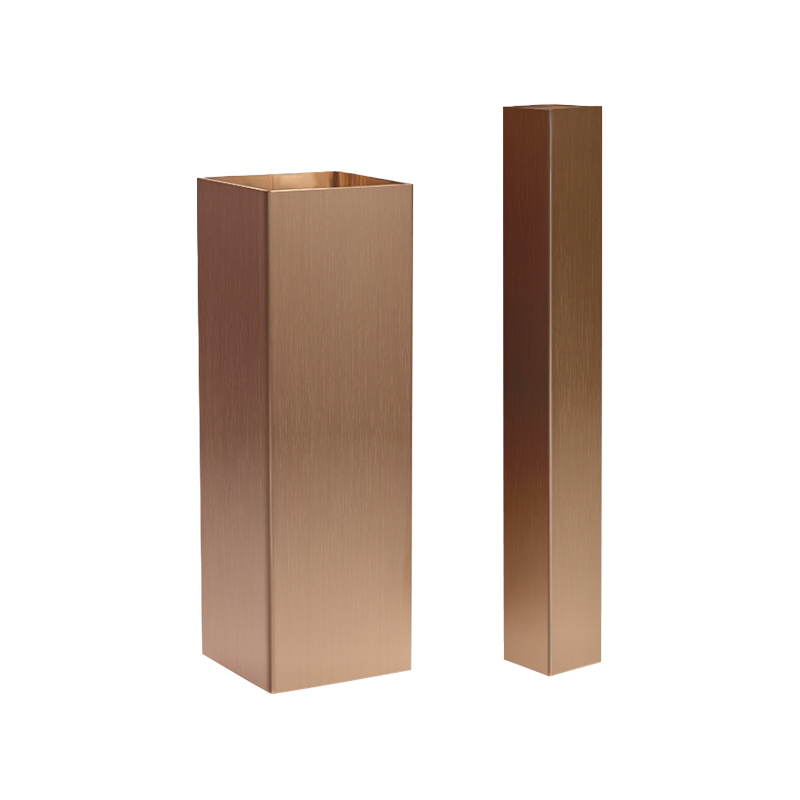
Can Copper Tube Be Forged to Withstand Extreme Environments? The High-Stakes Race for Unbreakable Materials
Subtitle:As global industries push operational boundaries, standard copper tubes hit their limits. A specialized, high-value market for advanced alloy tubes capable of withstanding intense heat, pressure, and corrosion is rapidly emerging, reshaping the competitive landscape.
The image of a copper tube as a simple conduit for water and refrigerant is becoming obsolete. In the demanding worlds of next-generation energy, deep-sea exploration, and aerospace, these humble components are being pushed to their physical limits. A stark divide is emerging between the mass-produced standard copper tube, designed for comfort and convenience, and the highly engineered specialty copper tube, a critical component where failure is not an option. This divergence is fueling a race for material supremacy, driven by extreme conditions of heat, pressure, and corrosion that redefine what a copper tube must be.
The Breaking Point: Where Standard Copper Tubes Fall Short
Standard copper tubes, such as those made from phosphorus-deoxidized copper (Cu-DHP, CW024A), are the workhorses of construction and HVAC. Their specifications are perfectly adequate for room-temperature water and low-pressure refrigerants. However, when subjected to the harsh realities of extreme service, their inherent limitations are exposed.
- Thermal Instability:Prolonged exposure to temperatures above 150°C (302°F) initiates annealing in standard copper, causing a dramatic loss of tensile strength and leading to creep—the gradual, permanent deformation under constant stress. In a high-pressure steam system, this can result in catastrophic failure.
- Corrosion Vulnerability:In environments rich with chlorides (like seawater) or ammonia, standard copper is susceptible to localized pitting corrosion and stress corrosion cracking (SCC). A tiny, almost invisible crack can propagate quickly, leading to leaks in critical systems aboard ships or in chemical plants.
- Pressure Limitations:The relatively lower yield strength of pure copper poses a challenge in deep-sea applications, where external pressures are immense, and in power generation, where internal steam pressures are constantly high.
"The same tube that reliably carries water in a high-rise for 50 years might fail in less than a year inside a marine vessel's engine room," notes a marine engineering consultant. "The operating environment is the ultimate test, and for many standard tubes, it's a test they cannot pass."
The Engineering Response: Alloying for Superiority
To meet these challenges, metallurgists and tube producers have turned to advanced alloying and sophisticated manufacturing processes. The goal is not merely to improve copper but to transform it, creating a new class of materials with tailored properties.
The Power of Alloying:
- Copper-Nickel Alloys (e.g., CuNi10Fe1Mn): The addition of nickel, along with iron and manganese, creates a family of alloys renowned for exceptional resistance to seawater corrosionand high intrinsic strength. These are the materials of choice for offshore platforms, shipbuilding, and desalination plants.
- Copper-Chromium-Zirconium Alloys (CuCrZr):These precipitation-hardened alloys can be heat-treated to achieve strength levels comparable to some steels while maintaininghigh thermal conductivity. They are ideal for high-stress, high-temperature applications like rocket engine cooling channels and resistance welding electrodes.
- Aluminum Brass (e.g., CuZn20Al):The addition of aluminum forms a tenacious, protective oxide layer, offering superior resistance to erosion-corrosion in condenser and heat exchanger tubes.
Precision Manufacturing:
- Seamless Integrity: For extreme applications, tubes are produced as seamless to eliminate any potential weak points along a weld seam.
- Grain Boundary Control: Advanced thermal mechanical processing and heat treatments are used to refine the microscopic grain structure of the metal, enhancing its strength, fatigue resistance, and durability.
(Table: A Performance Duel: Standard vs. Specialty Copper Tubes)
|
|
Standard Copper Tube (e.g., CW024A) |
Specialty Alloy Tube (e.g., CuNi10Fe1Mn) |
Performance Delta |
|
Typical Tensile Strength |
250 - 300 MPa |
450 - 550 MPa |
~80% Increase |
|
Max. Continuous Service Temperature |
~150°C |
~400°C |
>150% Increase |
|
Seawater Corrosion Rate |
High (>0.05 mm/year) |
Very Low (<0.005 mm/year) |
>10x Improvement |
|
Resistance to Stress Corrosion Cracking |
Poor |
Excellent |
From Unusable to Highly Reliable |
|
Primary Application Field |
Building Plumbing, HVAC |
Marine Engineering, Nuclear Power, Chemical Processing |
From Civil Comfort to Industrial Core |
|
Key Differentiator |
Cost-Effectiveness, Versatility |
Ultra-Reliability, High Performance |


(Caption: The divergence in creation: The straightforward production of standard tubes versus the complex, science-intensive process of creating specialty alloy tubes.)
The Economic Calculus: Why "Expensive" Can Be Cheaper
The initial purchase price of a specialty copper alloy tube can be three to five times higher than that of a standard tube. However, in critical applications, this premium is justified by a compelling value proposition based on Total Cost of Ownership (TCO).
- The Cost of Failure:In a nuclear power plant, an unplanned shutdown for repairs can cost millions of dollars per day. The reliability offered by a specialty tube, which minimizes the risk of such an event, provides immense value that far outweighs its initial cost.
- Extended Service Life:Specialty tubes can last decades in environments that would destroy standard tubes in a few years. This drastically reduces replacement costs, maintenance downtime, and associated labor expenses over the asset's lifecycle.
- System Efficiency and Lightweighting:The superior strength-to-weight ratio of alloys like CuCrZr allows for thinner wall tubes, enabling weight savings in aerospace applications that translate directly into fuel efficiency gains. In heat exchangers, the maintained integrity and cleanliness of the tube surface ensure optimal thermal efficiency over time.
"The conversation is shifting," explains a Vice President of Sales at a leading specialty metals producer. "Customers are moving beyond 'price per meter' to calculating 'cost per safe operating hour.' They aren't just buying a tube; they are buying insurance against downtime and a guarantee of long-term performance."
The Future Frontier: Customization and Supply Chain Sovereignty
The future of the specialty tube market is one of increasing customization and geopolitical significance.
- Hyper-Customization: There is no one-size-fits-all solution for extreme environments. A tube for a geothermal plant must resist sulfide corrosion, while one for a liquid hydrogen system must maintain ductility at cryogenic temperatures. This demands close collaboration between tube manufacturers and end-users to develop application-specific alloys and treatments.
- The Technological High Ground:The knowledge and capability to produce the highest-performance copper alloys are concentrated within a few international companies. For many nations, achieving self-sufficiency in producing these critical components is a matter of industrial sovereignty and supply chain security, spurring significant investment in domestic advanced materials manufacturing.
A Market Transformed by Extremes
The copper tube industry is undergoing a fundamental split. On one side lies the vast market for standardized, cost-effective tubes that form the circulatory systems of our everyday infrastructure. On the other lies a high-stakes, technology-driven arena where tubes are custom-engineered to survive conditions once thought impossible. This niche, while smaller in volume, is critical for technological progress and national security. As humanity continues to push the boundaries of exploration and energy generation, the demand for these unbreakable tubes will only intensify, ensuring that the race to forge the most resilient copper alloy will remain at the forefront of materials science.
Related news
-

What is a thick-walled copper tube? Thick-walled copper tube, also known as seamless thick-walled copper tube, is a high-performance metal tube made o...
See Details -

Overview and Importance of Copper Capillary Tube In modern industrial equipment and precision control systems, miniaturization and high precision have...
See Details -

What is a copper tube? Analysis of material composition and basic characteristics Definition of copper tube Copper tube is a tubular object made of co...
See Details -

Understanding Copper Square Tubes: Composition, Grades, and Typical Applications Copper square tubes are specialized extrusions that combine the super...
See Details

 English
English Español
Español